Tips For Optimal Fridge & Freezer Maintenance
Posted by McCombs on 17th Mar 2023
How To Keep Your Refrigerators & Freezers Running Optimally Year Round
Preparing meals for loved ones is both a vital and enjoyable part of our daily routines. Well-functioning refrigerators and freezers are what make that possible. However, regular maintenance and monitoring is critical to keeping those appliances operational and performing at their best.
Not only are faulty fridges and freezers inconvenient, but they can pose a danger to you and your family. A broken part can lead to your appliances functioning improperly. When that happens, your food may be susceptible to mold, decay, or contamination.
The United States Department of Agriculture (USDA) states that "the interior temperature of your refrigerator should never rise above the critical temperature of 40° F. If temperatures become too warm in your refrigerator food stored in it becomes a veritable Petri dish." If your fridge is too warm, your family can be at risk of developing E. coli, which can lead to serious symptoms in young children and older adults.
Those faulty parts can pose additional dangers as well. A dust or lint build-up, an over-worked compressor, or an electrical short can cause a fire. Exposed wires can also cause fires or cause people to trip and fall.
Any of these issues can add up. Repairing a part for your fridge or freezer can add up to a few hundred dollars — replacing an entire appliance will cost you a few thousand dollars. Not to mention that you'll even be charged a fee for a specialist to come out and diagnose the issue.
You should get in the habit of regularly caring for your fridge and freezer to avoid those dangers to your family and hefty costs. In this article, we'll provide some essential tips to care for these appliances. From general maintenance tips to ways to become more energy efficient, here's everything you need to know about optimal fridge and freezer usage.
Keep Your Appliances Clean
Proper care and maintenance of your fridge and freezer will keep them functionally properly for years to come. The first step in those routine checks should be to regularly clean the interior and exterior of the unit. Here are some steps to follow to keep your fridge and freezer spotless and efficient.
Regularly Defrost & Clean the Inside of Your Freezer
Most newer fridges come with an automatic defrosting function to take care of too much ice building up inside the freezer. But if you're using an older model, make sure to defrost and clean out your freezer at least twice a year. Eradicating ice build-up will take care of stale odors and ensure your freezer is running at its optimal efficiency.
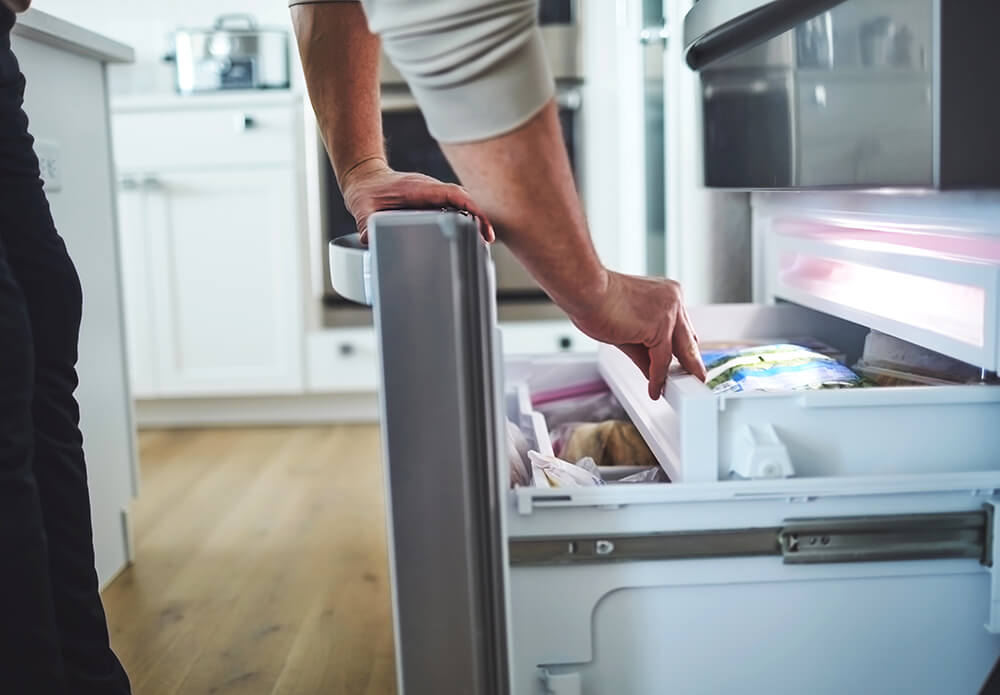
Wipe Down Exterior of the Fridge
Grime will naturally build up on the outside of the fridge, but you don't want that transferring to the food you're preparing. Regularly wipe down the outside of your fridge with an appropriate cleaning agent to avoid this from happening.
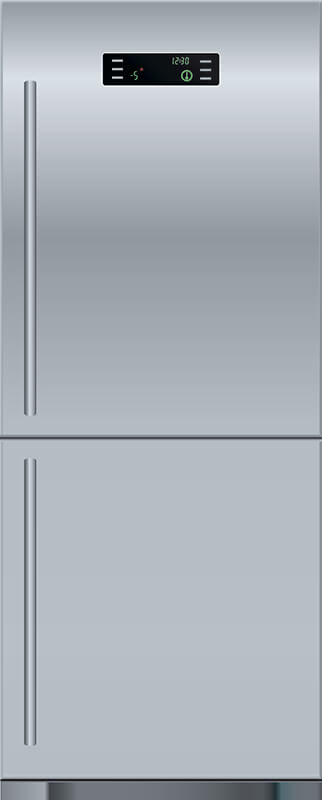
Vacuum Out Condenser Coils
When your fridge's coil condensers are covered in dust, the appliance cannot function properly. You'll need to clean out your condenser coils at least twice a year to maintain the optimal air circulation in your fridge. To start, you'll need to pull your fridge out from against the wall. If you don't immediately see the coils on the back of the unit, you should be able to find them by popping off the fridge's grill. Unplug the appliance and, using your vacuum’s brush attachment, clean out the coils.
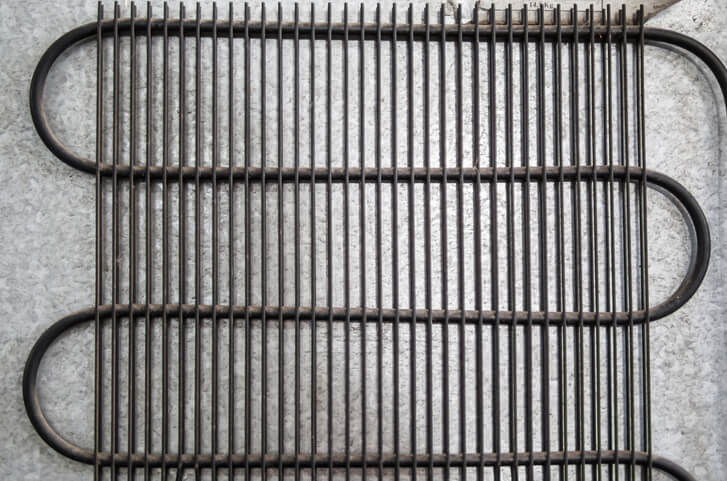
Follow Organization & Storage Best Practices
As air can't circulate well in an overly-packed fridge and freezer, you should aim to keep both appliances around 3/4 full at all times. Make sure to divide up large batches of food into multiple containers to help avoid overcrowding. Another great way to keep your fridge and freezer well organized is by regularly rotating stock. Keep newer food items in the back so you eat the older food first. If you ever find your fridge or freezer getting too full, take the time to throw out the food items that have passed their expiration dates.
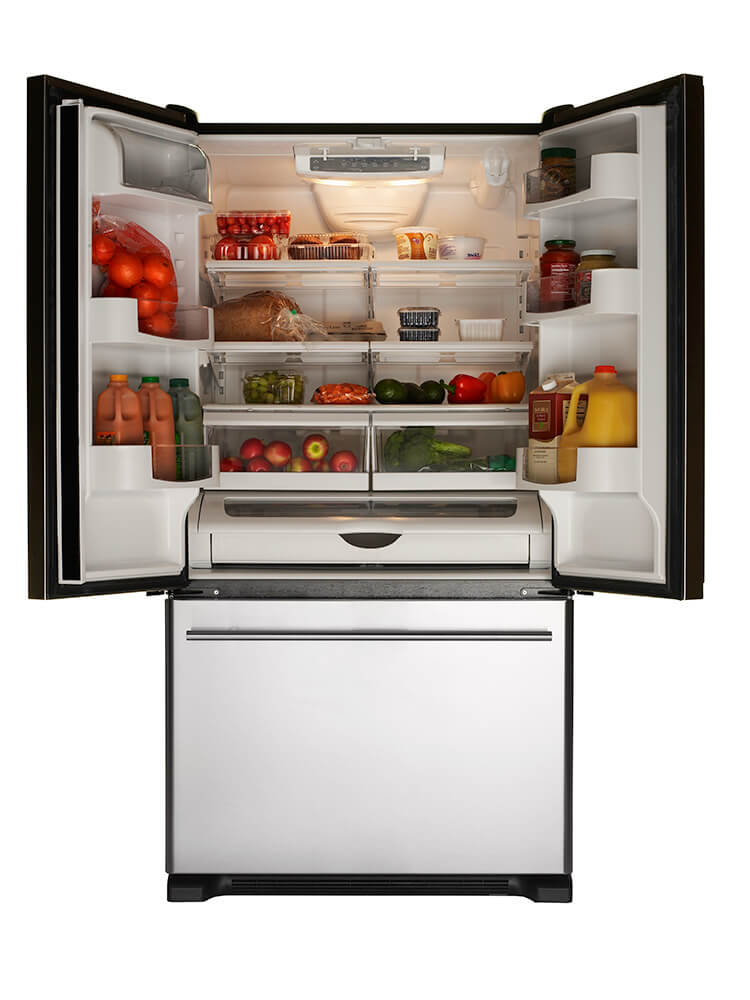
Conduct Routine Maintenance Checks
Your refrigerator is one of the most expensive and important appliances in the house. Protect that investment by conducting routine maintenance checks on both your fridge and your freezer. Here are a few parts and processes you should regularly keep tabs on.
Read Your Owner's Manual
You shouldn't conduct any maintenance checks on your appliances without reading the manual first. It will give you insight into the various settings and parts that help your fridge and freezer run smoothly. It will help you conduct any necessary troubleshooting and give you the specific name and the serial number of parts you may need to eventually replace.
Temperature Control
The FDA says to keep your fridge between 37 and 40 degrees Fahrenheit and the freezer at 0 degrees. If you're not confident about your refrigerator's temperature gauge, you can purchase an appliance thermometer to accurately read the temperature. Leave the thermometer in the fridge or freezer for about 20 minutes, and adjust the temperature to a more appropriate setting.
Check Gasket Seals
Another way to control your appliance's temperature is by checking its gasket seals, which are what line your fridge and freezer doors. These seals may become damaged over time, meaning that warm air may seep in as cool air seeps out. If you notice your fridge or freezer door has lost its suction, that means it needs to be replaced.
Mind your refrigerator's location
A garage or basement fridge requires a different type of attention compared to one located in a kitchen. These locations experience more extreme temperatures than a kitchen does — especially the garage. Consider which external factors in your particular environment may put your fridge at the most risk and act accordingly.
For example, if you live in a hot environment and keep a fridge in your garage, it will need to work extra hard to stay cool. That can make your energy bill skyrocket. To combat this, consider setting up a fan in your garage to increase airflow over your fridge's cooling coils.
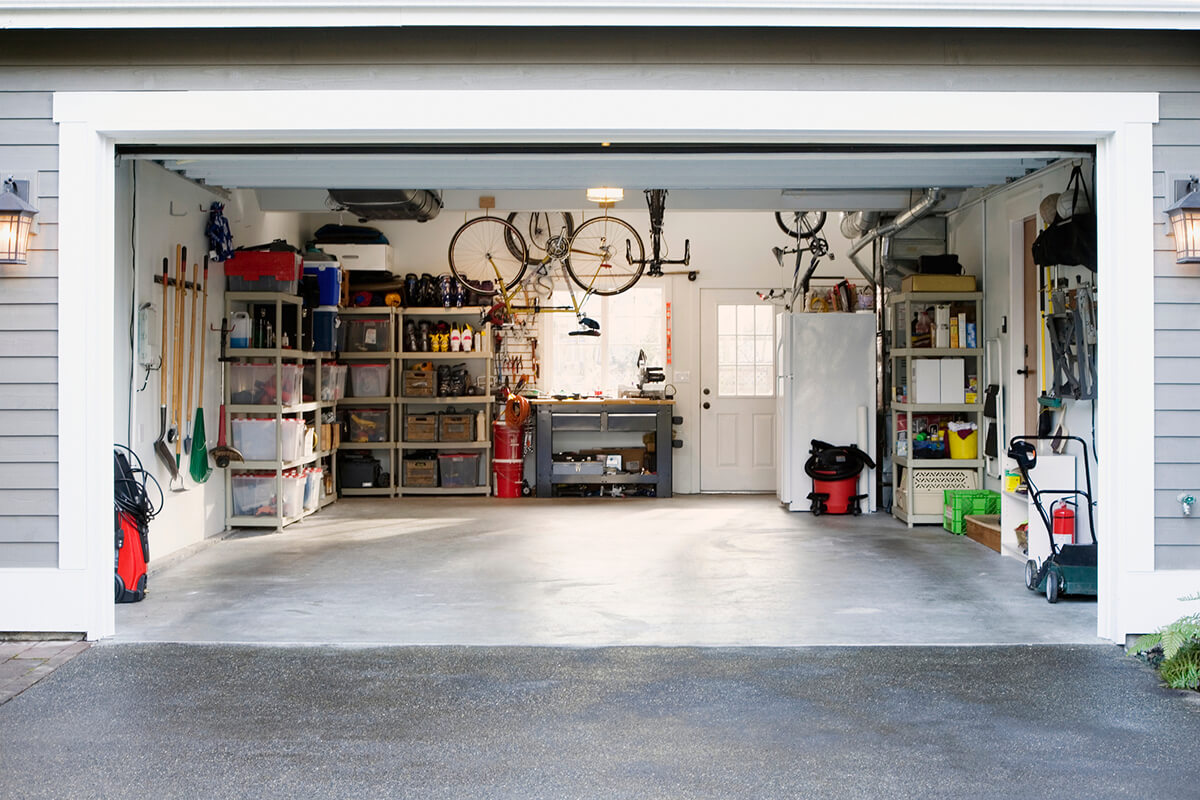
Consider Seasonality in Your Appliance Care
Refrigerators are complex appliances, so it's important to understand the dynamics of how they work — especially in the different months of the year. Your fridge works harder in harsh weather, so you should understand the specific ways to care for the appliance in extreme heat and extreme cold.
Caring for your fridge in the summer
- Clean the interior of your fridge weekly — Summertime heat can cause more bacteria in your fridge than in the winter months. Wipe down the inside of your appliance with a bleach solution to get rid of those germs and the odors that come with them.
- Don't keep your fridge door open longer than you need to — It's easy to keep the door open while you're unpacking a load of groceries. Or even if you need a blast of cool air on an especially hot day. Try your best to avoid this. Keeping the fridge door open for an extended time will bring down the temperature inside your appliance and potentially boost your energy bill.
- Change the water filter — Clean and cool water is especially important in the summer months. If your fridge doesn't have an indicator that tells you when to change the filter, change it at least twice a year.
- Keep an eye out for sweating in your freezer — If any items in your freezer are sweating, there's a problem. Call a specialist to look into a problem quickly to keep your food in good condition.
Caring for your fridge in the winter
- Consider installing a fridge heater — This is especially important for a garage fridge. If the temperature of your garage becomes too cold, your freezer may think it's cold enough to shut itself off. Installing a fridge heater will help to maintain proper temperatures inside your appliance.
- Prepare for winter storm-related power outages — Keep frozen meat and poultry on one side of the freezer. That way, thawing juices won't cross-contaminate in case of a power outage. If your area is particularly prone to power outages, keep a jug of water in the freezer so you'll have drinking water.
Make Your Fridge Energy-Efficient
Your fridge is running 24 hours a day, likely making it the biggest energy consumer in your house. But while your fridge usage won't be going down any time soon, you can take the following steps to make it more energy-efficient.
- Only place cool food in the fridge — Allow your leftovers a little time to cool down before placing them in the fridge. Room-temperature food takes less energy to cool down than hot food.
- Defrost food in the fridge — Defrosting frozen food in the refrigerator will cool down the overall temperature of the appliance. This process will reduce the work that the compressor has to do, which will lower overall energy consumption.
- Use the energy-saver switch — If you have a newer fridge, it likely has a compact heater built into its wall. This inhibits humidity from condensing on the fridge's external surface. Unless your fridge is experiencing noticeable condensation, there's no need for this. Check to see if your unit has an energy or power-saver switch and turn it on. It will reduce the amount of energy that your appliance is using.
- Opt for in-door water and ice — If your fridge has an in-door ice and water feature, you should opt for that instead of a bottle of water. You can still quench your thirst without wasting energy to open the door and pull out a bottle.
- Purchase an energy-efficient refrigerator — If it's time for a new unit, consider one that comes with a high energy efficiency class rating. Here's a good rule of thumb to follow — the more + signs after a fridge's rating, the more energy efficient it is.
When is it Time for a New Fridge?
A well-kept refrigerator can last for years — some people have held onto their appliances for decades. But, as the Department of Energy says, most fridges will last about 12 years. At that point, it's time to replace it. Here are a few signs that it might be time for a new fridge.
- The appliance's exterior is getting hot — The outside of your fridge should never be hot to the touch. So if this is happening, it's likely a sign that the motor or coils have failed.
- Food is spoiling quicker — If your food is spoiling days before it should, this is a clear sign that your fridge is on the verge of a breakdown.
- Condensation is forming on the exterior of the fridge — You should never see condensation on the outside of your fridge. This is a clear sign that your motor is working far too hard to keep your items cool.
- An excess of ice is starting to build up inside your freezer — It's normal to have a small build-up of ice on the back wall of your freezer. Any more than that is a sign of a larger issue at hand. It could be a faulty seal or something even more serious.
- Energy bills are going up — If your energy bills have gone up and your fridge/freezer usage hasn't changed, there's a problem. Investing in a newer, more energy-efficient model can help to offset those costs in the long run.
If you need a replacement part to keep your fridge or freezer appliances running, McCombs has you covered.Take a look to see what we have to offer.
TL;DR Summary
Your fridge and freezer are vital appliances in your household, so they require regular care and maintenance for optimal performance. Make sure you keep the interior and exterior of your appliance clean, along with regularly checking in on the individual parts of the unit. You should also take seasonality into account during your maintenance checks and work to keep your appliance as energy efficient as possible.
